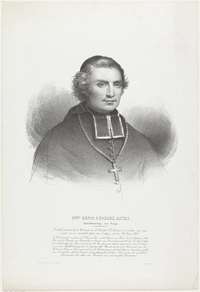85
rezultatų pagal
Tema
 Pectoral
Pectoral
Pectoral
Decorative ornament worn on the breast
This half-moon shaped chest ornament is identical in shape to the middle piece of a chest ornament (layang-layang) worn by a Karo-batak bridegroom. However, the necklace of this specimen is less detailed.
Clothing of a legong dancer.Manufacture jour worked gilt leather.
This chest ornament is probably an import product. It is made of fibre rope with nassas shells and an imitation boar's tooth. The tooth is a machined piece of bone.
Jade pectoral, Olmec civilisation, Mexico 1200-400 BC
Jade pectoral, Olmec civilisation, Mexico 1200-400 BC
This piece of jewellery was made by a silversmith at Kabanjahé. The motifs are Karo, but the design may have been adapted to use by Europeans.
This piece of jewellery was made by a silversmith at Kabanjahé. The motifs are Karo, but the design may have been adapted to use by Europeans.
This piece of jewellery was made by a silversmith at Kabanjahé. The motifs are Karo, but the design may have been adapted to use by Europeans.
This piece of jewelry was made by a silversmith at Kabanjahé. The motifs are Karo and traditionally used for the cincin tapak gajah. The design may have been adapted to use by Europeans.
